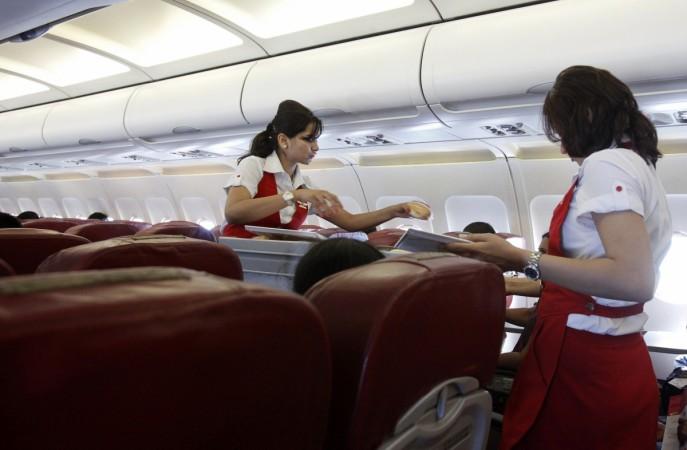Many businesses were hit by the coronavirus pandemic, but the worst-hit sectors were aviation, tourism and hospitality. Even to this day, when there are some relaxations being offered to some sectors, there hasn't been much relief to these sectors. However, the aviation sector in India is getting a breather as the Indian government has allowed domestic flights to resume operations from May 25.
Over the course of the last few months, the coronavirus pandemic has ignited a sense of caution in going about everyday life. Be it stepping out of the house without face masks, maintaining social distancing, or using hand sanitisers, people are more cautious than ever. In the wake of the COVID-19 pandemic, there has been heightened skepticism about flying, which would require people to sit in close proximity.

Is it safe to fly again?
It is natural if you are questioning the safety of boarding flights again. But it is also better to learn about the facts and not just go by the notion that boarding flights again will end up badly for you. Clearing the air around flying amid coronavirus pandemic, Krittivas Mukherjee, head of public affairs and communications, Airbus India, offered some helpful facts that should put many minds at ease.

Here's why flights are safe even during COVID-19:
Health and hygiene inside the cabin are ensured using multiple highly efficient airflow and filtration systems. The constant "downward" wash of air at 1 meter/sec reduces the risk of cross-contamination. There is no right-to-left or front-to-back airflow.
Cabin air is fully filtered and renewed every 2-3 minutes. At 10,000m cruise altitude, air is very dry, very cold (-50 degrees) but the air is controlled (temperature, pressure, oxygen & humidity) before being injected back into the cabin.
Air is sucked out through vents on the floor & transported through highly efficient HEPA filters that flush out 99.95% to 99.97% of particles, including (relatively big). As a result air in cabin is very clean, comparable with that of the best of hospitals.
Overall exposure is much lower because rail & car travel can take 10 times longer than a flight to a far-off destination.
The air inside is always of better quality when the cabin doors are opened after a flight than when the doors are closed before a flight takes off.
Of course, measures to ensure the health and safety of air travel also need to focus on end-to-end passenger experience, not just during flights — namely, wearing masks, screening and managing passengers before they board and disinfecting surfaces and cabins.









